What is Chinese tomb art? Compare two terracotta figures from the Qin dynasty.
INTRODUCTION:
-
Tomb art
- History
- Function
- Afterlife use
- Religious sacrifice
- Legacy
- Time capsule – better insight of ancient China society
-
Tomb sculpture – Qin Shihuangdi tomb
- Brief description
- Terracotta warriors – Human victims replaced with pottery substitutes
- Mass quantities
- Life size
- Look unique
- MAIN POINT: Result of Mass production and standardizing society
- Kneeling archer & Armored general
How were they made
Mechanism of crossbow
BODY:
-
Difference
- Unique facial features and body parts
- Costume
- Hair bun
- Body gestures – suggest holding something
- Crossbow and arrows
- Position: Archer
- Interchangeable
- Bronze sword
- Position: General
- Crossbow and arrows
-
Similarity
- Making process
- Material – baked clay
- Heads and 4 limbs created separately
- Inscription
- Hierarchy production system
- Missing weapons mass produced
- Large quantities
- Precision
- Moulding
- Making process
CONCLUSION:
-
Terracotta warriors reflect Chinese art and culture rely on complex mass production system
-
Protection &Reservation
- Color
- Qin Shihuangdi’s Mausoleum
BIBLOGRAPHY
Lethar Ledderose. Ten Thousand Things: Module and Mass Production in Chinese Art (Princeton: Princeton University Press, 2000), 51-73.
Jessica Rawson, ed., The British Museum Book of Chinese Art (London: British Museum Press, 1999), 134-149.
“House Model,” Asian Art Museum, accessed March 11, 2016, http: //www.education.asianart.org/explore-resources/artwork/house-model
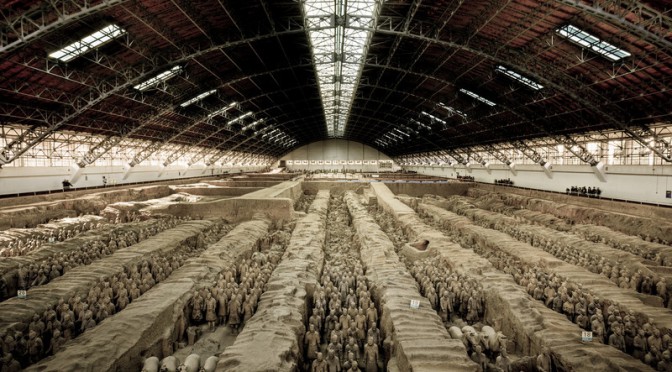
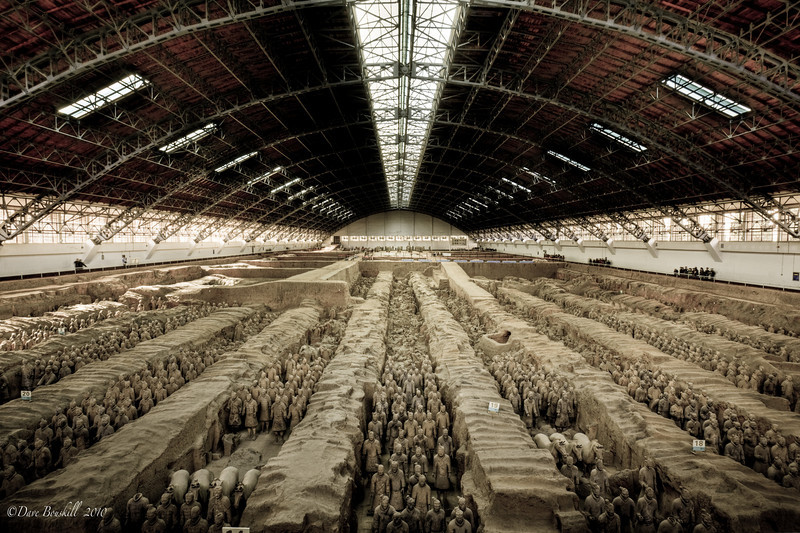
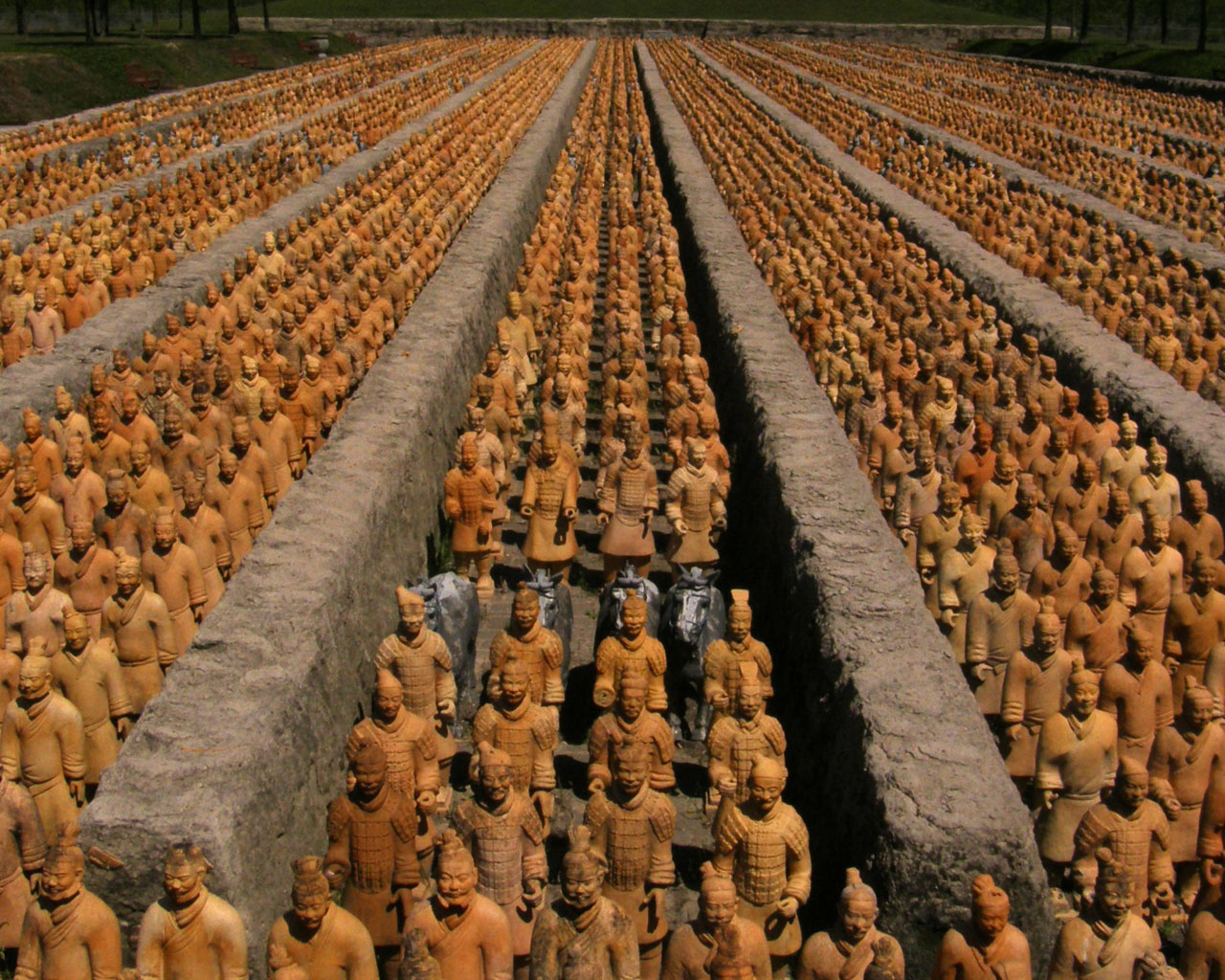
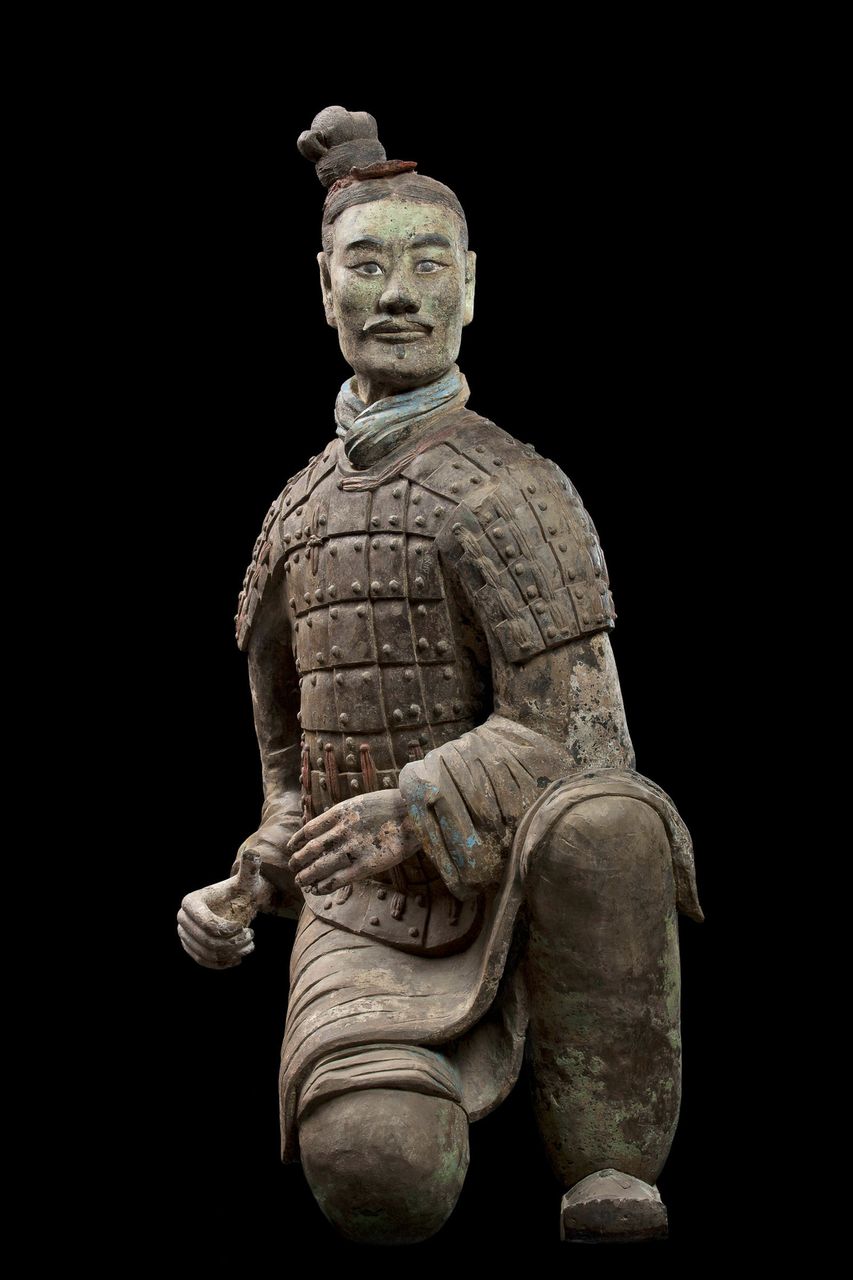
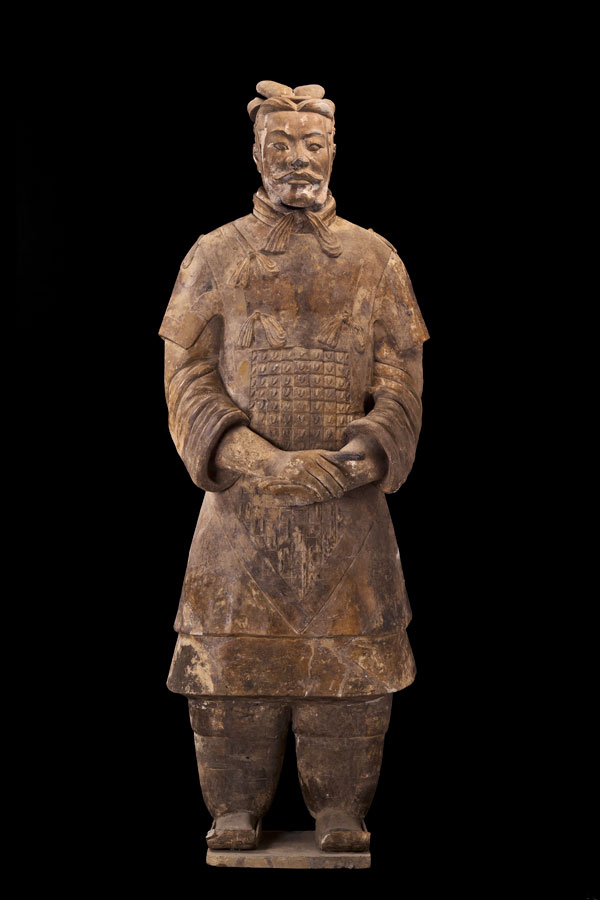
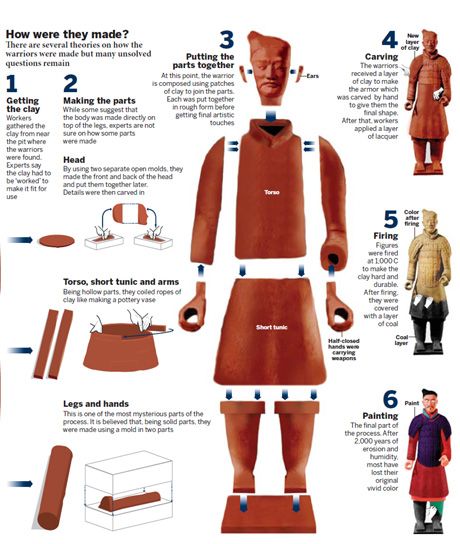
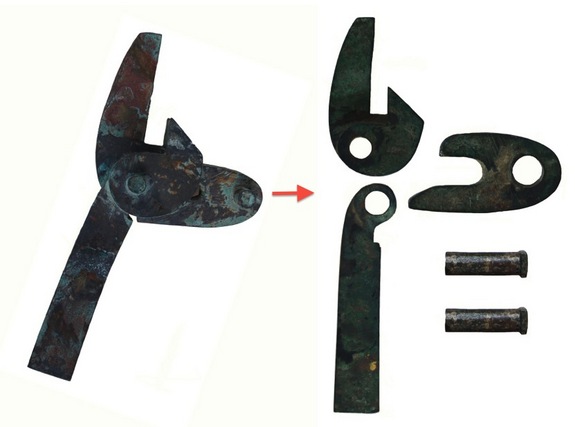
March 9, 2016 at 11:06 pm
You have provided a good introduction. But, how does your main point come out of the comparison?
Your current organization has differences coming first and similarities coming second. Is there a reason? You can create a thesis statement that uses this structure of the comparison. For example, “Although they are similar…, they are different.” Of course, we need to find some active verbs and replace the “are.”
What is your third source?